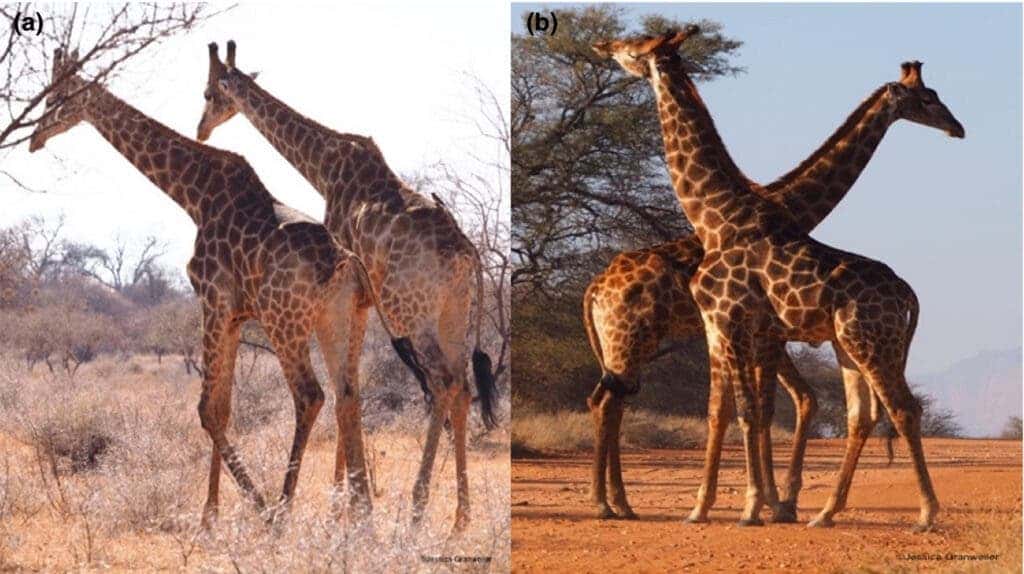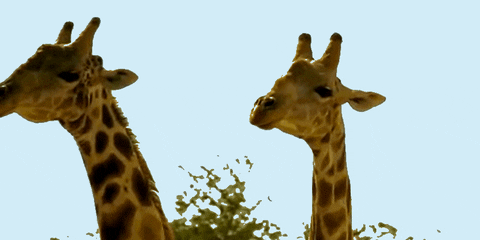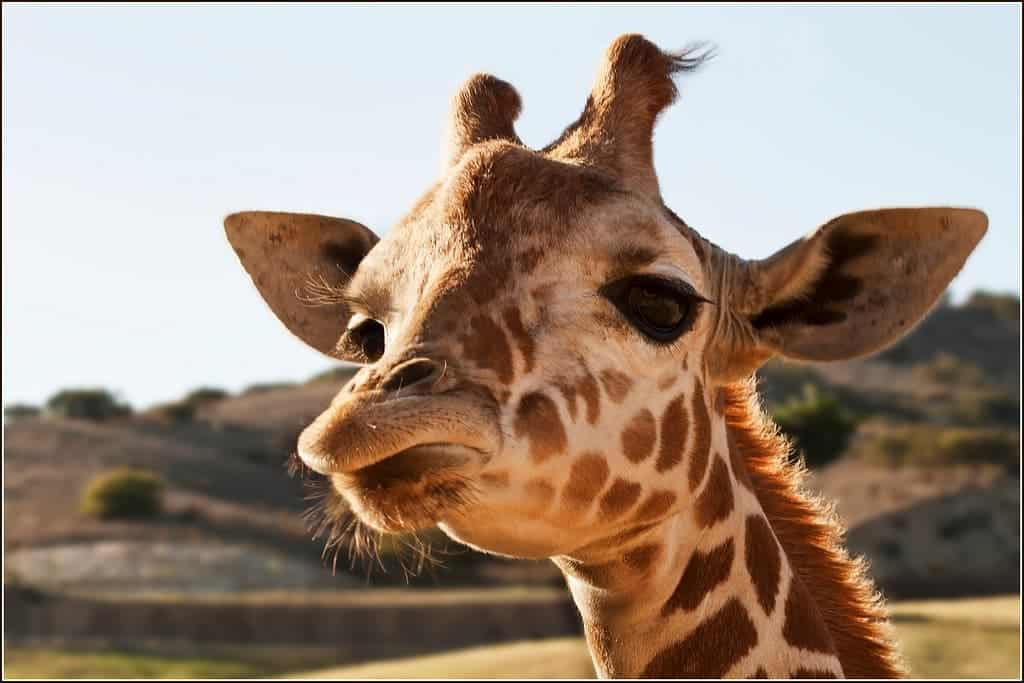
You’ll rarely see the tallest mammals in the world fight among themselves, but when they do, things can get really ugly. When males engage in a brawl, whether to solve mating or territory rights, they use the momentum of their long necks to powerfully thrust with the horn-like structures that cover their heads. If the target is hit, the opponent can be severely wounded and even killed.
Giraffes take these fights seriously and won’t engage in serious jousts unless they don’t have a choice. And, like professional fighters, the males will often practice by sparring with eager opponents from the same herd.
Intriguingly, a new study that observed many of these contests found there was virtually no bullying, and the giraffes even seem to have ‘rules’ that humans may judge as honorable. Powerful and large males don’t take advantage of their status by picking on someone younger and smaller. Instead, the giraffes spar only with opponents in their league.
Sportsmanship in the animal kingdom
Jessica Granweiler, a master’s student at the University of Manchester in England, and colleagues closely followed giraffe social behavior at the Mogalakwena River Reserve in South Africa for half a year between 2016 and 2017. They videotaped friendly sparrings, then analyzed who fought who and how they fought.
Like human boxers, some males are right-pawed and others are left-pawed. But unlike humans, righties and lefties are evenly distributed. The preference for which side to fight from was always respected by the opponents. If it happened that two opponents were both righties, they would match up head to tail. There was no instance of cheating identified by the researchers.

Sparring matches were most common among up-and-coming young males. They almost always chose opponents their own size, like humans in professional fights match up by weight class.
Being inexperienced, the younger males were also more experimental with their technique, practicing head swings against their opponent’s chests and rear ends.
Older males sparred too, but much less often. When they did, they tended to press their necks together as if they were wrestling. This behavior may be owed to the fact that the males are cognizant they may hurt each other if they ‘pulled out the big guns’. It’s also a way to gauge each other’s strength without engaging in full-blown battles.
The older, high-status males also often acted as referees when the younglings sparred, breaking up fights when they sensed things could get out of hand. It’s not clear though if the adults are genuinely concerned with the safety of the young males in their herd. It may be just a clever way to assert dominance, communicating “Remember who’s the boss here.”
“Taken together, these results support the suggestion that sparring functions principally to provide maturing males a means of testing their competitive ability without escalating to full-scale fights. Additionally, mature bulls intervened on young adults possibly to disable any winner effect achieved by the latter, with the most dominant bull being responsible for the majority of interventions,” the authors wrote in the journal Ethology.
Having a better handle on giraffe social behavior and hierarchies may prove important in conservation efforts. For instance, sparring behavior may inform zookeepers how to better manage young males. These findings may also explain why some populations in Africa are larger or smaller in certain areas: if a dominant male controls all the fights in a herd, he may be the only mating. When fewer males mate, the population tends to shrink.
“A more nuanced understanding of how social and environmental factors shape interactions among individuals, such as sparring, will improve our understanding and management of this charismatic animal,” the scientists concluded.






